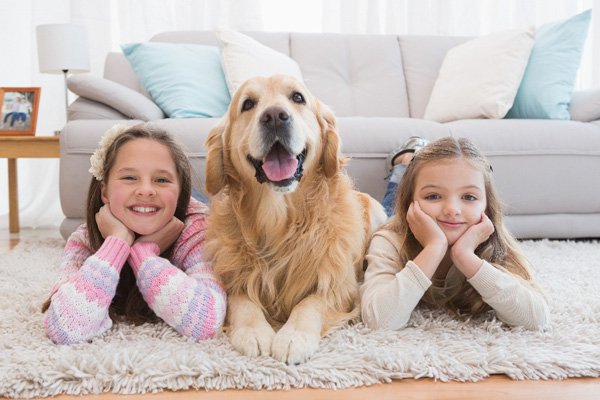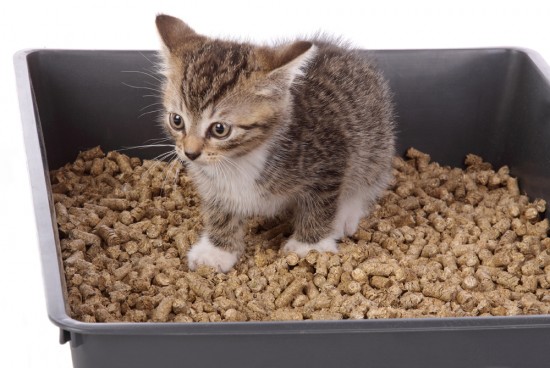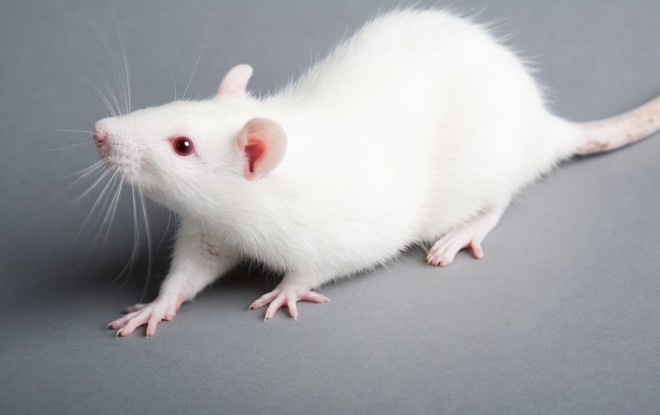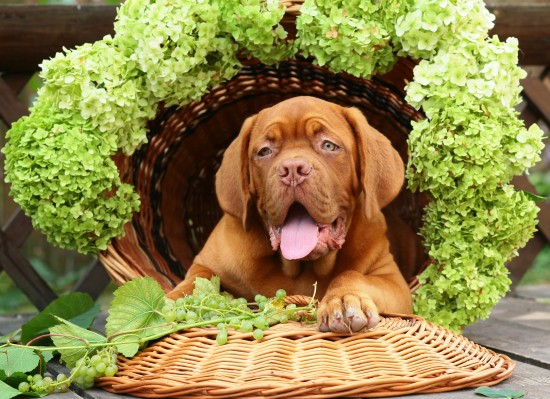
The pup is like a little child, always restless, and always allowing itself to be distracted. As the trainer, your job is to guide the young pup back to the training activities, so that the training ...
The pup is like a little child, always restless, and always allowing itself to be distracted. As the trainer, your job is to guide the young pup back to the training activities, so that the training session is not wasted. Being patient is the key to success. Here are some practical tips that may help you if your pup tends to wander off the path of training.1) Verbal commands.A dog has a heightened sense of hearing. So if you use a harsh tone for your verbal commands, the pup may sense your aggression and back down. A young pup doesn't need aggression. It needs love, assurance, and encouragement. In the beginning, it does not even understand why it has to go through the training. Hence, it may feel a little apprehensive at first. But over time, with enough encouragement, it will learn to enjoy the training more. So be careful with the tone of voice that you use. Use a firm tone if the pup is not obeying your commands. But never try to be too harsh on the little animal.2) Dog treats!Always have dog treats in your pockets. Your pet will small the rewards in your pockets and respond with excitement. It will feel more energized and will respond more positively to the training. When reward is due, be generous and give the treat to your pet. When you catch it doing something right, reward your dog. Sometimes, this doesn't have to happen during formal training. It can happen at any time. For instance, the first command when you come home from work may be to get the dog to sit so that it doesn't jump up at you. If the dog obeys, give it the treat immediately and praise the animal. Pat its head to let it know that it's doing something right. Then go ahead and do your other things.3) Don't send the wrong signals to your dog.When you catch the dog doing something right, you reward it with a treat. But if you catch it doing something that it is not supposed to be doing, don't encourage it! The best thing to do, is to ignore the dog. If you really want to respond, don't respond with anger. Just be firm and use verbal cues like "Bad dog" to discourage the animal. Punishment is often unnecessary. If the behavior gets out of hand, use the crate or the leash to confine the animal temporarily.Fortunately, dogs are intelligent animals and they learn very quickly, especially young pups. They not only pick up verbal commands and new tricks quickly, they also learn social behavior from the owner, family members and other human beings. You will notice that even when there is no training going on, the young pup is constantly observing its surroundings. And that includes the people around him. That means you must always set a good example for your pet. If you express aggressive behavior, the young pup may just think that it's the right thing to do, and display aggression as well. And it's display of aggression will be far more superior than yours.Article Tags: Doing Something Right, Doing Something, Something Right
 Excellent Chicken Houses from Chicken Coops and Houses for Your Pet
Excellent Chicken Houses from Chicken Coops and Houses for
Excellent Chicken Houses from Chicken Coops and Houses for Your Pet
Excellent Chicken Houses from Chicken Coops and Houses for
 Litter Training Your Kitten
Litter Training Y
Litter Training Your Kitten
Litter Training Y
 Some Fun And Interesting Facts About Rats
Some Fun And Inte
Some Fun And Interesting Facts About Rats
Some Fun And Inte
 What Nutrients Do Cats Need, And What Do They Do?
What Nutrients Do
What Nutrients Do Cats Need, And What Do They Do?
What Nutrients Do
 Grape And Raisin Poisoning And Toxicity In Dogs
Grape And Raisin
Grape And Raisin Poisoning And Toxicity In Dogs
Grape And Raisin
Copyright © 2005-2016 Pet Information All Rights Reserved
Contact us: www162date@outlook.com